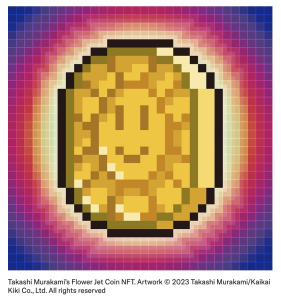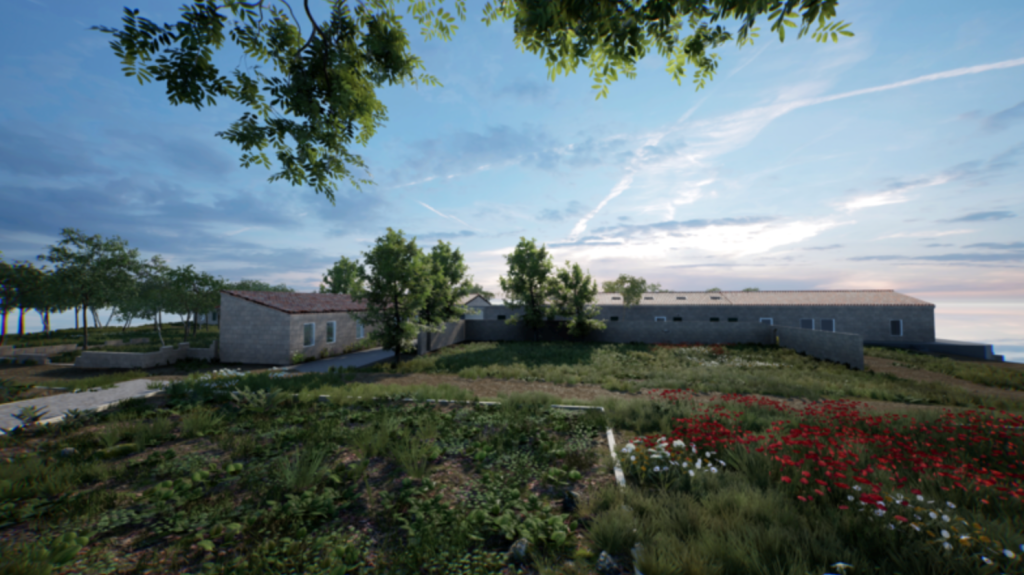Why The Art World is Afraid of Technology
The art world seemingly loves to embrace new technologies; however, under a closer observation, nothing could feel further from the truth. The art world is a system rooted in tradition. It is an industry irreplaceable by artificial intelligence, as so much of its business relies on human interaction and conversation over a glass of bubbly or via WhatsApp. The art world has been slow and cautious when embracing digital art, even with the NFT explosion in 2021 and 2022 fueled by press from the sale of Beeple’s Everyday’s, fetching $69 million in March 2021.
On the heels of this sale, auction houses quickly created teams to serve as digital art liaisons and galleries made headlines about the way in which they were adopting more digital-focused processes and activations. Galleries such as Gagosian and Pace hurried to embrace the digital movement at the time, with Takashi Murakami’s Coin NFT release and the establishment of Pace Verso, respectively.

https://gagosian.com/news/2023/05/24/takashi-murakami-flower-jet-coin-nft-giveaway/
Takashi Murakami’s Flower Jet Coin NFT. Artwork ©︎ 2023 Takashi Murakami/Kaikai Kiki Co., Ltd. All rights reserved via website above.
Although the industry experienced a fleeting moment of adoption and excitement, it remains unclear how much of that carries on today. Why is the art world falling behind other industries when it comes to the adoption and acceptance of new technology processes?
It could be argued that COVID-19 helped to propel the art world into a more digitally savvy industry. The art ecosystem grasped the appetite for buyers to purchase online-only, which was not necessarily predicted. Hauser & Wirth launched ArtLab, a virtual reality exhibition modeling strategy and residency program for artists in Los Angeles, showcasing their commitment as a gallery to forward-thinking models of integrative technology.

https://www.hauserwirth.com/news/28281-artlab-new-technology-research-division/
Lisson Gallery co-designed a platform with software company Augment, highlighting the way in which digital solutions could in fact bring greater accessibility to the market. The post-pandemic eagerness of technological experimentation, however, feels as though it hit its peak in that moment, while now experiencing a slow downturn.
2024 is the perfect moment for the art world to embrace new technologies. As the market slows down, it should use this time to implement new technologies, rather than being afraid of potential disruptions to the carefully-curated structures these players have engineered over the last decades. The industry could be opening up conversations with companies such as Artemundi to discuss the way in which fractional ownership could be greater championed. It could collaborate with Salon, a decentralized fund for collaborative art buying. Collectors could be utilizing technological solutions provided by companies such as Arius Technology to scan, digitize, and future-proof their works of art.

Photo courtesy of Elise Huff
They could also be collaborating with ArtClear to authenticate their existing collections.

https://www.artclear.com/fingerprint
The art world, and in particular large blue-chip galleries, appear to champion accessibility. However, in order to truly democratize the art world, these players must reach for deeper creative solutions. By working in unison with entrepreneurs, such as those listed above, who seek to remove some of the industry’s restrictive boundaries, they can create serious lasting change. It’s time for the art world to become as technological savvy as adjacent industries. By embracing new technology and allowing big players to collaborate with smaller startups, the industry will feel re-energized, ready to adapt to new models and methods, which are truly necessary in order to overcome and succeed in a slow market.
Are you a student or recent graduate eager to contribute your voice to ArtTactic’s Editorial vision? We’d love to hear from you!
Reach out to our Commissioning Editor, Margaret Hong (margaret@arttactic.com) for more information.

